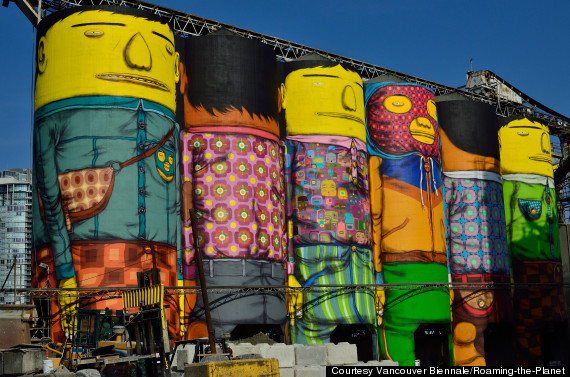lenaitch
Senior Member
If you ask me I would prefer all of Toronto's shipping be moved to Hamilton or elsewhere. Redpath has no place right on the waterfront of the downtown.
Redpath has absolutely no plans to move, but they really should. The value of the land they sit on is huge, they should sell and set up shop in Hamilton instead.
And that is the root problem - new land use thinking they are the higher morality and that legal, legitimate and pre-existing uses are no longer appropriate. Redpath has every right to be on the water - they are a marine-dependent industry and has been there since long before most everything around it. I would think if the people of Toronto truly want an industry to leave then they should pay for it, and own the reputation of a city that throws out business. Even if they did go, you know another condo would go up right on the water, just like every other square inch of the shoreline. I often wonder if other major urban areas have such a disdain for industry and non-passenger transportation and commerce as the GTA. Something that Toronto feels to be not appropriate (read: beneath) is just fine 'someplace else'. Toronto's solid waste goes 'someplace else' and the vast majority of its energy, food and building materials come from 'someplace else'. I realize we are in a post-industrial world, but we still all consume 'stuff'. So long as we are content that all of our stuff comes from someplace else then, of course industry is no longer needed.
Sorry for the rant.





